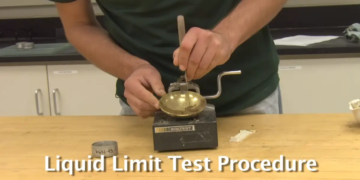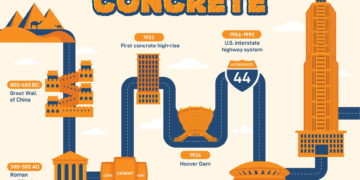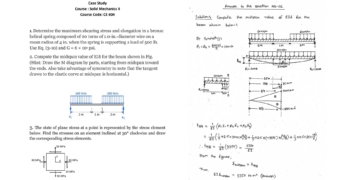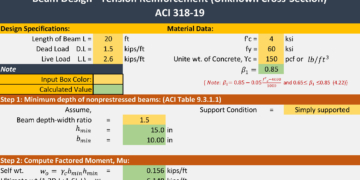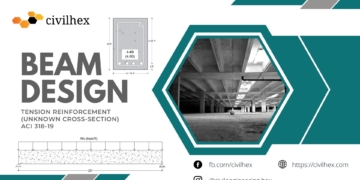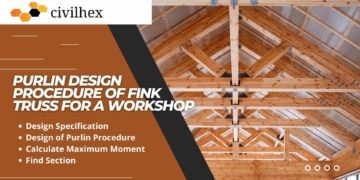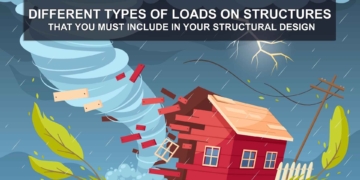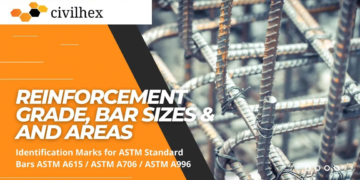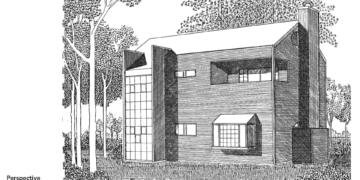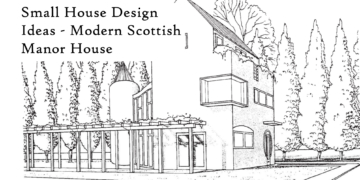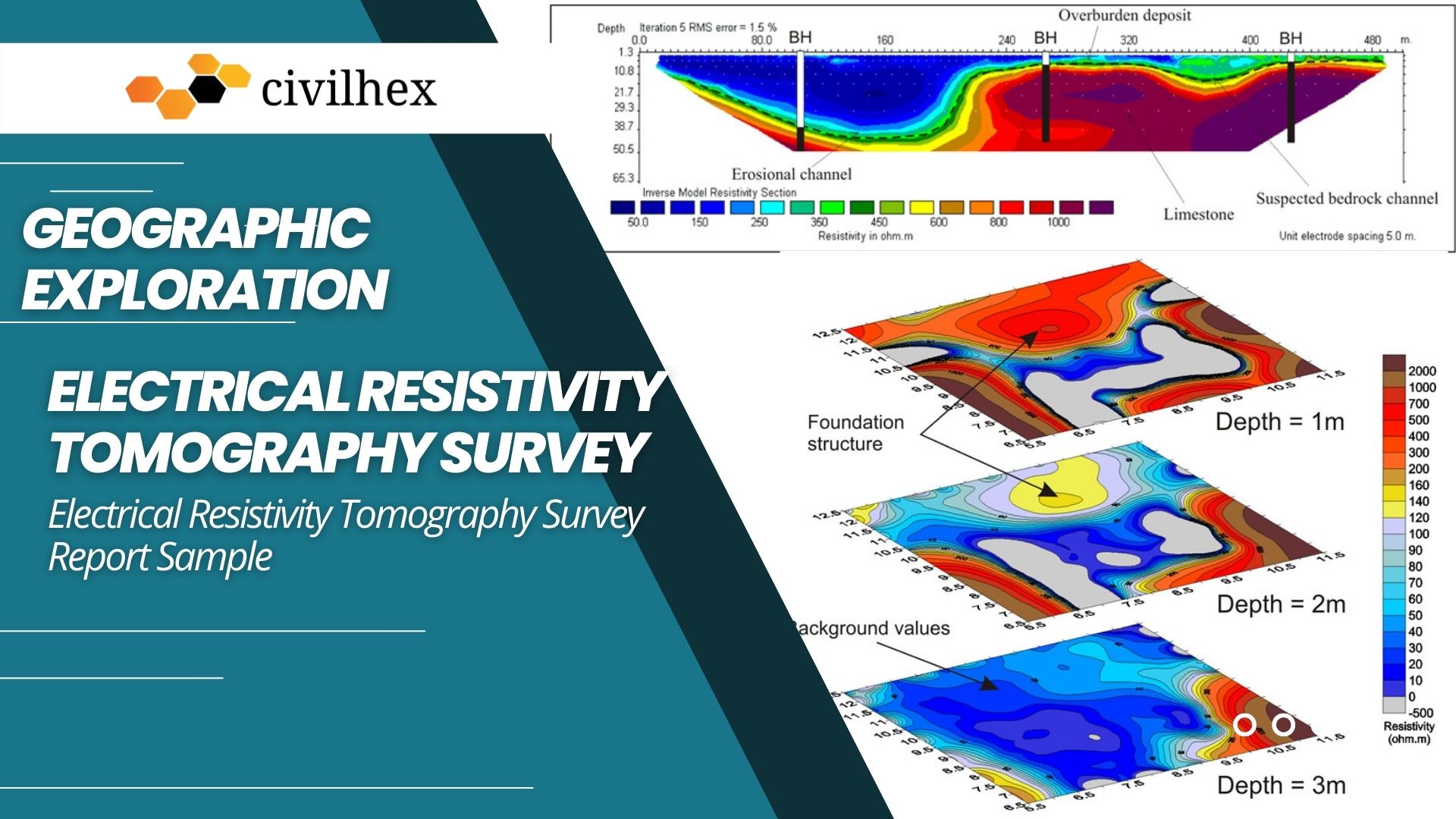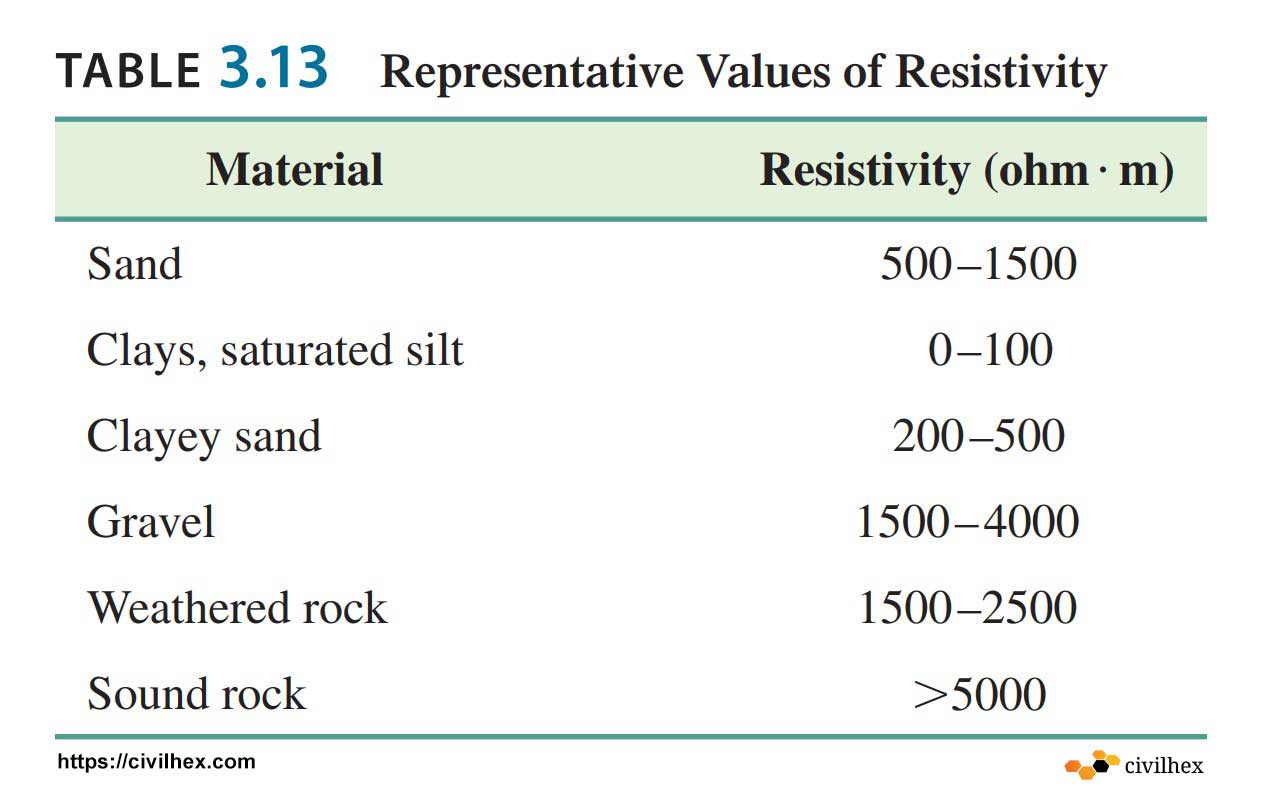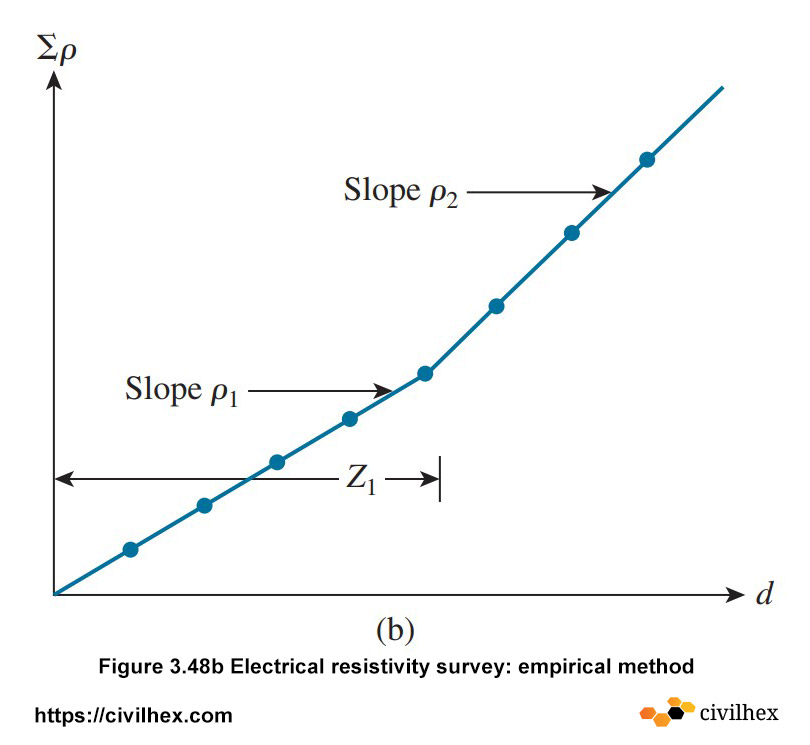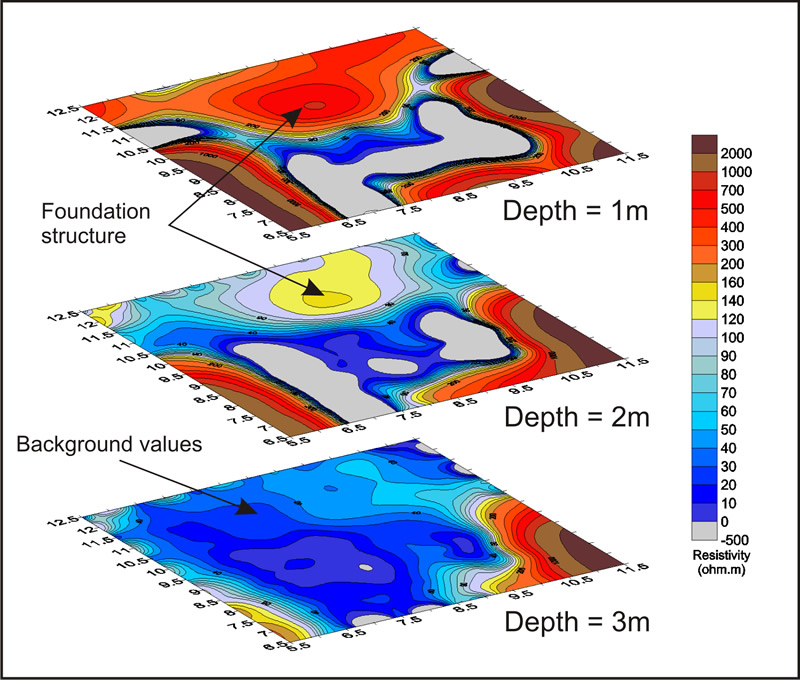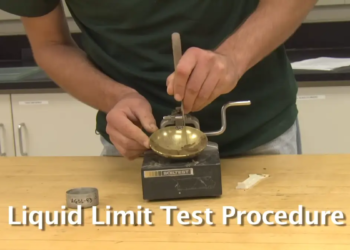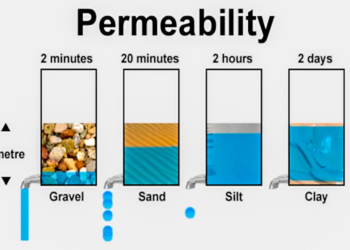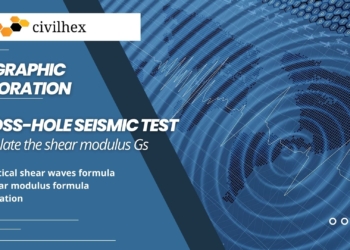Electrical Resistivity Tomography Survey
Electrical resistivity tomography survey is a geophysical method for subsoil exploration. The electrical resistivity of any conducting material having a length L and an area of cross-section A can be defined as
\tag{3.84}\rho =\frac{RA}{L}Where,
R= electrical resistance
The unit of resistivity is ohm-meter or ohm centimeter. The resistivity of various soil depends on their moisture content and also on the concentration of dissolved irons in them. Dry soil and rocks have a high resistivity whereas saturated clays have a very low. The range of resistivity of various soil and rocks is given in Table 3.13.
The most common procedure for measuring a soil profile’s electrical resistivity is using four electrodes driven into the ground and equally spaced along a straight line. The procedure is referred to as wenner method which is illustrated in Figure 3.48a.
The two outside electrodes (usually a dc current with nonpolarizing potential electrodes) are used to send an electrical current I into the ground. The current is typically a range between 50 to 100mA. The voltage drop V is measured between the two inside electrodes. If the soil profile is homogeneous then its electrical resistivity is
\tag{3.85}\rho =\frac{2\pi dV}{I}In many cases, the soil profile may consist of various layers with different resistivity and Eq. (3.85) will give the apparent resistivity. To obtain the actual resistivity of various layers and their thicknesses, there has an empirical method that involves conducting tests at various electrode spacings. As shown in Figure 3.48b, the sum of apparent resistivities, ![]() , is plotted against the spacing d.
, is plotted against the spacing d.
Particularly the electrical resistivity tomography survey is useful in locating gravel deposits within a fine-grained soil. Some recent geophysical methods include ground penetrating radar (GPR), multichannel analysis of the surface waves (MASW), and spectral analysis of surface waves (SASW). The geophysical methods are very effective in covering large areas. In addition to determining the soil profile, these methods can also be used to determine the velocity of the shear wave which is an important property in dynamic soil problems.
See this video: how to practically do the electrical resistivity tomography survey
Electrical Resistivity Tomography Survey Report Sample
Note: Equations and the number of equations which used in this article are taken from reference section source.
Reference:
Principles of Foundation Engineering (Ninth edition, 2019), “Braja M. Das, University Sacramento”, “Nagaratnam Sivakugan, College of Science & Engineering James Cook University”
Download This Article as PDF:
Electrical resistivity tomography survey?
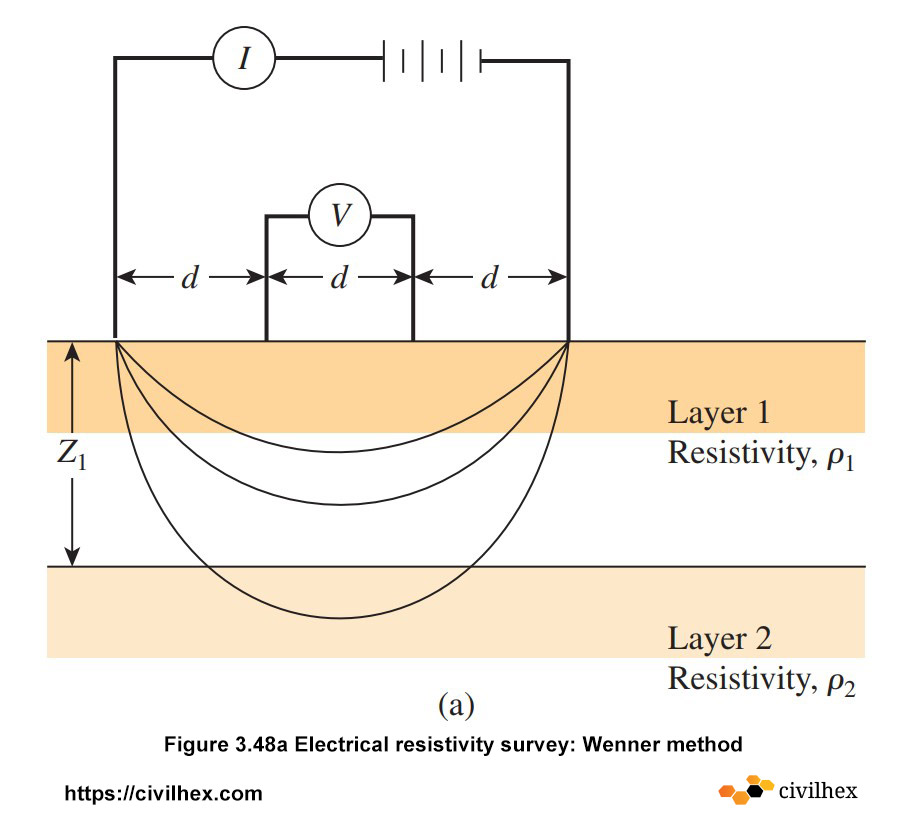
electrical resistivity tomography survey is a geophysical method for subsoil exploration. Generally, this method is used for subsurface exploration at large coverage terrain.


